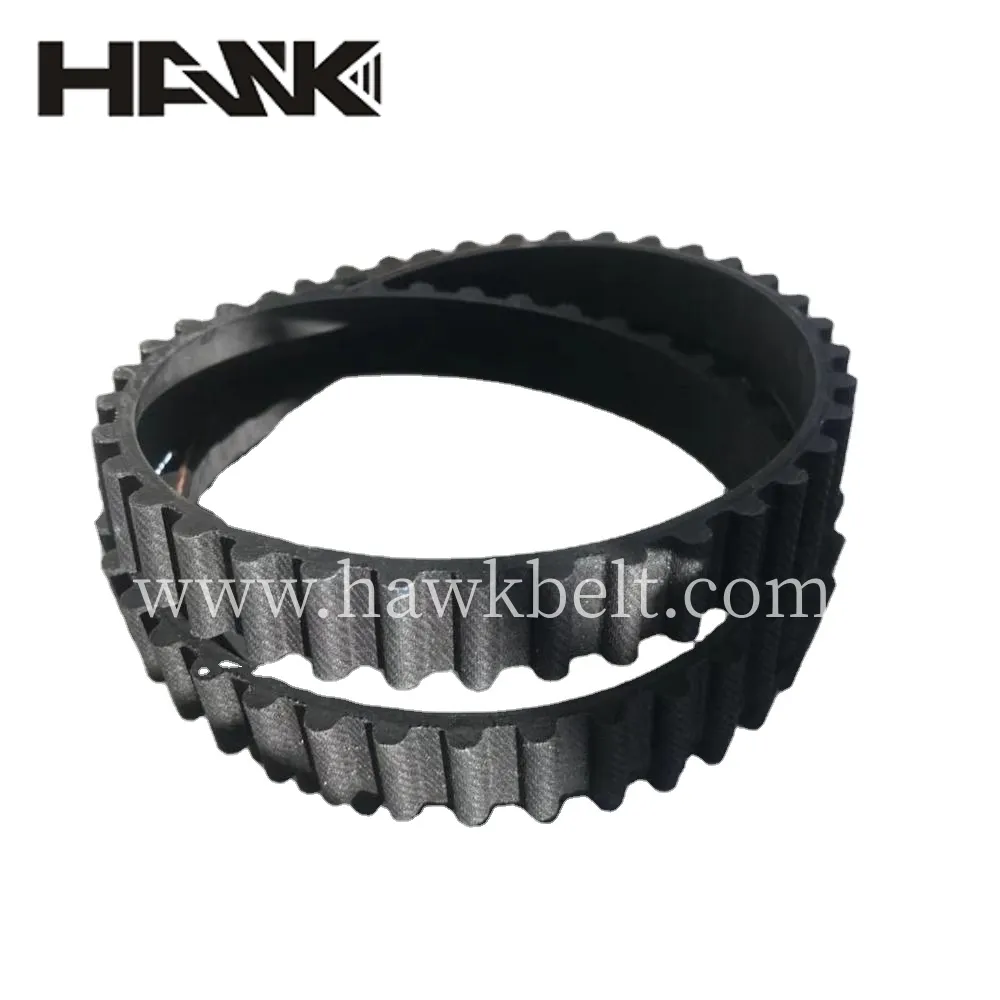- Arabic
- French
- Russian
- Spanish
- Portuguese
- Turkish
- Armenian
- English
- Albanian
- Amharic
- Azerbaijani
- Basque
- Belarusian
- Bengali
- Bosnian
- Bulgarian
- Catalan
- Cebuano
- Corsican
- Croatian
- Czech
- Danish
- Dutch
- Afrikaans
- Esperanto
- Estonian
- Finnish
- Frisian
- Galician
- Georgian
- German
- Greek
- Gujarati
- Haitian Creole
- hausa
- hawaiian
- Hebrew
- Hindi
- Miao
- Hungarian
- Icelandic
- igbo
- Indonesian
- irish
- Italian
- Japanese
- Javanese
- Kannada
- kazakh
- Khmer
- Rwandese
- Korean
- Kurdish
- Kyrgyz
- Lao
- Latin
- Latvian
- Lithuanian
- Luxembourgish
- Macedonian
- Malgashi
- Malay
- Malayalam
- Maltese
- Maori
- Marathi
- Mongolian
- Myanmar
- Nepali
- Norwegian
- Norwegian
- Occitan
- Pashto
- Persian
- Polish
- Punjabi
- Romanian
- Samoan
- Scottish Gaelic
- Serbian
- Sesotho
- Shona
- Sindhi
- Sinhala
- Slovak
- Slovenian
- Somali
- Sundanese
- Swahili
- Swedish
- Tagalog
- Tajik
- Tamil
- Tatar
- Telugu
- Thai
- Turkmen
- Ukrainian
- Urdu
- Uighur
- Uzbek
- Vietnamese
- Welsh
- Bantu
- Yiddish
- Yoruba
- Zulu
Jul . 28, 2024 17:36 Back to list
Durable Leather Drive Belt for Enhanced Performance and Long-Lasting Reliability in Mechanical Systems
The Leather Drive Belt A Timeless Component of Mechanical Engineering
In the world of mechanical engineering and design, the leather drive belt stands out as a quintessential component that has been utilized for centuries. Combining strength, flexibility, and durability, leather drive belts serve crucial roles in various machinery and applications, from small household devices to large industrial machines. Their historical significance and contemporary applications make them a fascinating topic of exploration.
Historically, the use of leather in drive belts dates back to the industrial revolution when machines began to revolutionize production processes. The first mechanized systems relied on leather belts to transmit power between rotating shafts. These belts were made from high-quality animal hides, chosen for their toughness and ability to undergo significant wear while maintaining their shape. Leather belts can easily absorb shock and provide a reliable means of transferring mechanical energy, which was particularly important in the dynamic environments of early factories.
The construction of a leather drive belt is a careful process involving layers of leather stitched or glued together to create a belt that can withstand tension and frictional forces. Often, these belts are treated with oils or waxes to enhance their longevity and flexibility. The craftsmanship involved in making leather belts is an art form in itself, as the quality of the material, the precision of the cut, and the technique of assembly all impact the belt's performance.
One of the most notable advantages of leather drive belts is their ability to stretch and conform to various pulleys and wheels, providing a snug fit that helps to prevent slippage
. This adaptability, along with their inherent resistance to wear, makes leather belts particularly suitable for applications where precise power transmission is required. Additionally, their ability to create less noise than metal alternatives has made them a preferred choice in environments where noise reduction is essential.leather drive belt

In modern times, while synthetic materials like rubber and polyurethane have gained popularity due to their lower maintenance needs and higher resistance to environmental factors, leather drive belts are still in demand across certain industries. For instance, in woodworking machines, vintage cars, and some specialized machinery, leather belts continue to be prized for their performance characteristics and aesthetic appeal. Enthusiasts of vintage machinery often seek out leather belts to maintain the authenticity of their equipment.
The environmental impact of leather drive belts also adds a layer of complexity to their usage. As people become more conscientious about sustainability, the leather industry faces scrutiny. However, when sourced responsibly, leather can be a renewable resource. Many manufacturers are now turning to ethical practices to ensure that the use of leather is aligned with environmental standards, creating belts that meet both functional and ecological demands.
Moreover, leather drive belts are not only prominent in industrial applications but also find their way into artisanal and craft industries. Leatherworking enthusiasts enjoy creating custom belts for unique machinery, giving the traditional craft a contemporary twist. These handmade belts are often regarded as works of art, showcasing the skill of the craftsman while fulfilling practical roles.
In conclusion, the leather drive belt remains an enduring symbol of mechanical ingenuity. As we look towards the future of technology and engineering, it is important to acknowledge the role that historical materials like leather have played in shaping industries. Whether in vintage machines or handmade artisanal tools, leather drive belts will likely continue to have a presence in various sectors, showcasing their unique blend of tradition, functionality, and craftsmanship.
-
Korean Auto Parts Timing Belt 24312-37500 For Hyundai/Kia
NewsMar.07,2025
-
7PK2300 90916-T2024 RIBBED BELT POLY V BELT PK BELT
NewsMar.07,2025
-
Chinese Auto Belt Factory 310-2M-22 For BMW/Mercedes-Benz
NewsMar.07,2025
-
Chinese Auto Belt Factory 310-2M-22 For BMW/Mercedes-Benz
NewsMar.07,2025
-
90916-02660 PK Belt 6PK1680 For Toyota
NewsMar.07,2025
-
drive belt serpentine belt
NewsMar.07,2025

